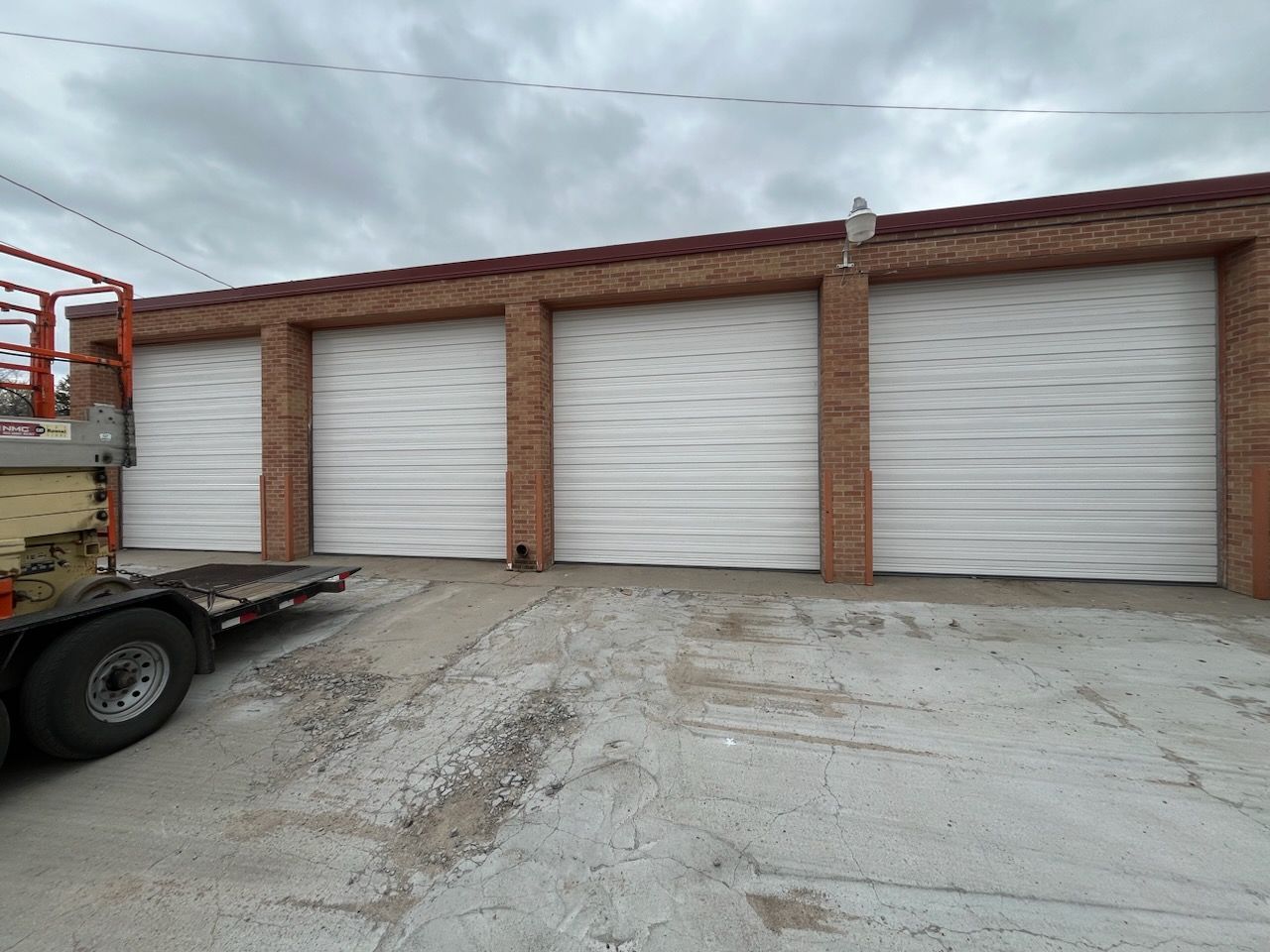Your overhead door does more than just open and close; it enhances security, keeps energy costs down, and adds value. But like any complex equipment, it needs care. Ignoring early warning signs can lead to expensive fixes—or worse, a door that stops working entirely. Let’s explore the top 5 signs your overhead door might need repair and why addressing issues promptly is essential.
When Your Door Gets Noisy
Does your overhead door groan, grind, or screech? These sounds are not just irritating—they’re a warning sign. Unusual noises can indicate issues with the door’s springs, rails, or motor. Left unchecked, these minor issues can snowball into major malfunctions.
When Your Door Lags Behind
If your overhead door takes its sweet time open or close, it might be due to aging parts or electrical issues. A door that delays could be dangerous, especially if it fails while in use. Timely intervention can restore its smooth operation.
3. Sagging Sections
Have you noticed uneven or sagging sections in your overhead door? This is often a sign of structural weakness or problems with the springs. Beyond being unattractive, sagging can compromise your door’s security and insulation capabilities.
Energy Inefficiency: A Hidden Cost
A poorly sealed or damaged overhead door can cause drafts, making your HVAC system work harder. If you’ve noticed your energy bills creeping up, your garage door could be the culprit. Fixing your door can help lower costs in the long run.
Signs of Wear and Tear
Dents, cracks, or rust are clear indicators that your overhead door has been through a lot. While some damage might appear minor, it can weaken the door’s integrity and make it more susceptible to malfunctions. Addressing these issues promptly is essential for safety and performance.
